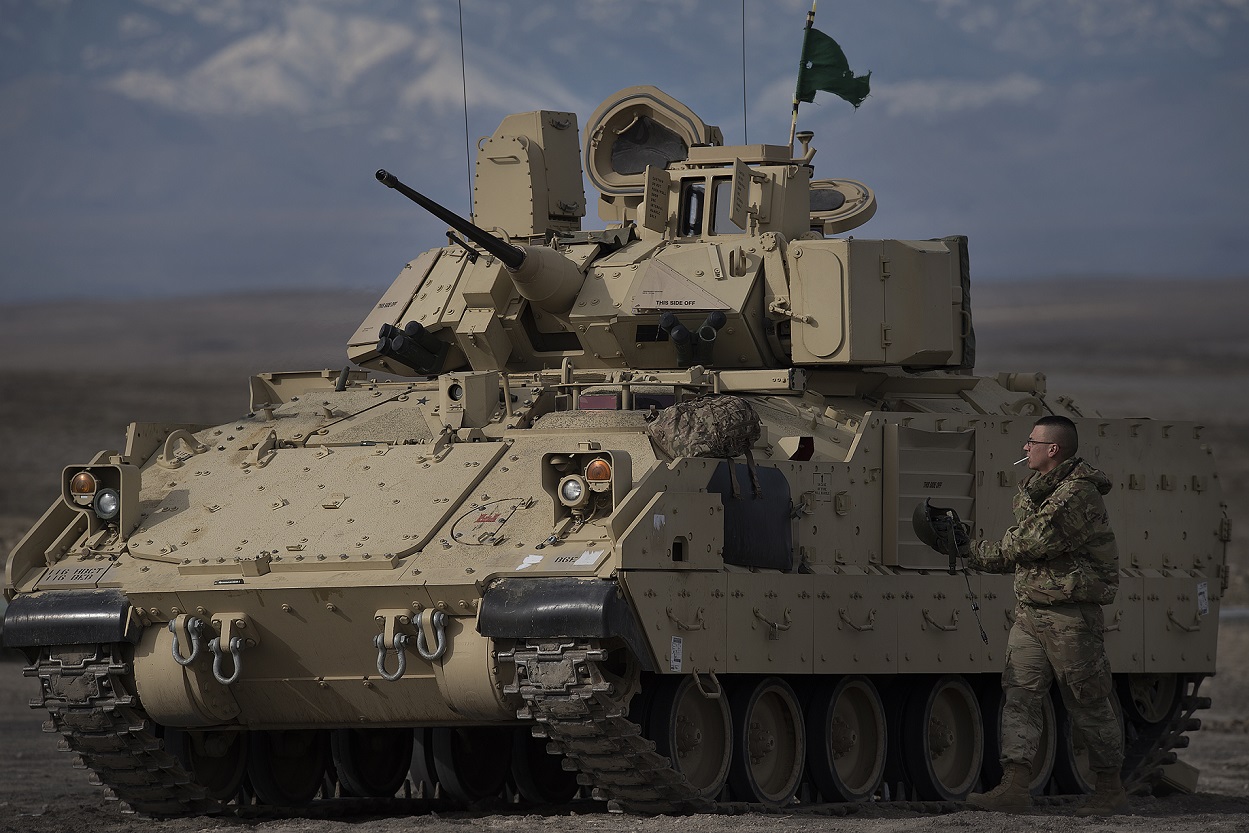
The U.S. Defense Advanced Research Projects Agency (DARPA) is moving forward with the Moving Target Recognition (MTR) program to develop robust, efficient, and reliable identification and tracking techniques to identify selected targets, and to maintain tracks for selected, critical targets, in dense target environments.
The agency aims to award a contract for the development of novel collection techniques and processing algorithms for detection, geolocation, imaging, and automatic target recognition of moving ground targets with synthetic aperture radar sensors.
This program, Moving Target Recognition (MTR), is a vital part of the Mosaic Warfare end-state vision. The new Moving Target Recognition (MTR) will combine accumulated target classification information, obtained from individual warfighting platforms to yield improved classification and improved association.
Operating within this concept, the U.S. military expects to put together individual warfighting platforms to make a larger picture, or in this case, a force package.
The idea will be to send so many weapon and sensor platforms at the enemy that its forces are overwhelmed.
One way Mosaic Warfare might work in a ground battle would be to send an unmanned aerial vehicle or ground robot ahead of the main ground battle force. It might spot an enemy tank. The unmanned system passes the coordinates back, which are then relayed to a non-line-of-sight strike system in the rear, which in turn launches its munitions and takes out the target.
In the air domain, four fighter jets might be going head-to-head with four rival jet fighters. However, in a Mosaic Warfare context, the U.S. Air Force might also deploy four relatively inexpensive, somewhat expendable unmanned aerial systems ahead, each with different weapons or sensor systems. The combatant commander can treat these assets like a football coach who chooses team members and then positions them on the field to run plays. The added aircraft make the situation much more complex and can overwhelm the opponent’s decision-making.
Many of the platforms that could be used for Mosaic Warfare already exist. Nevertheless, work continues on developing unmanned platforms that could be applied to the concept.